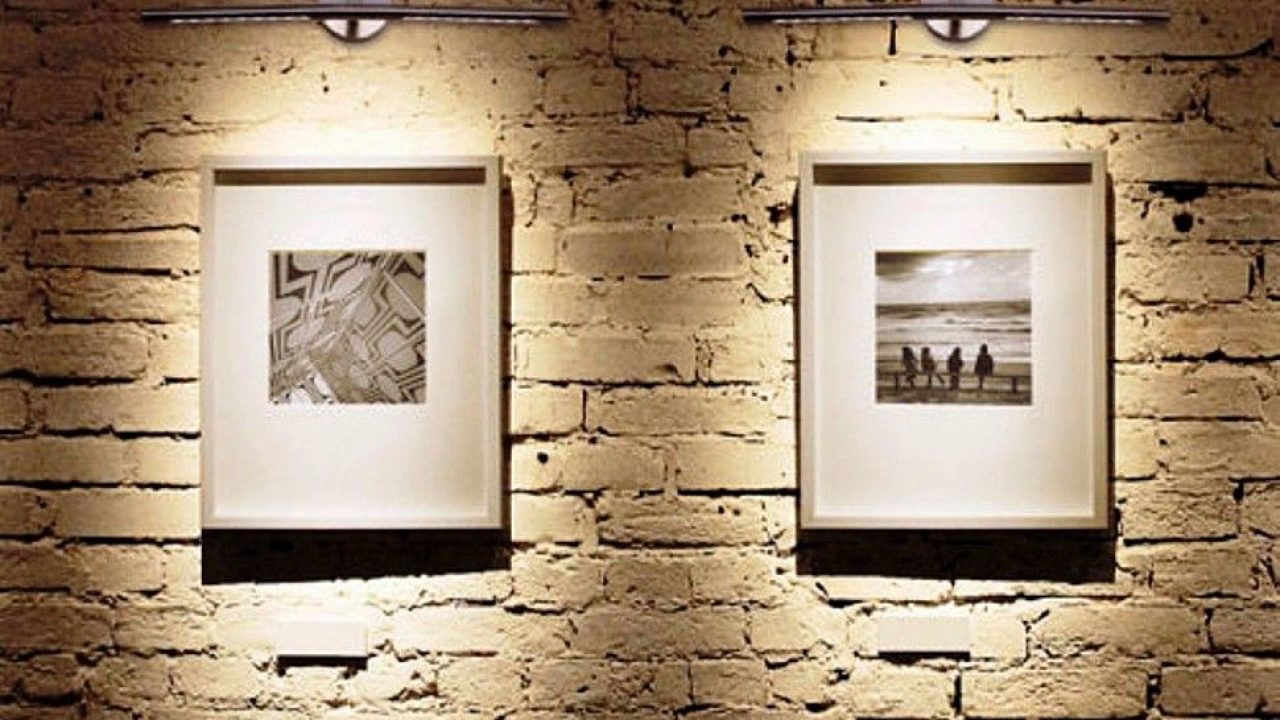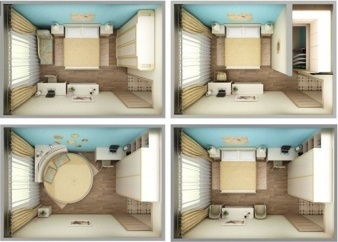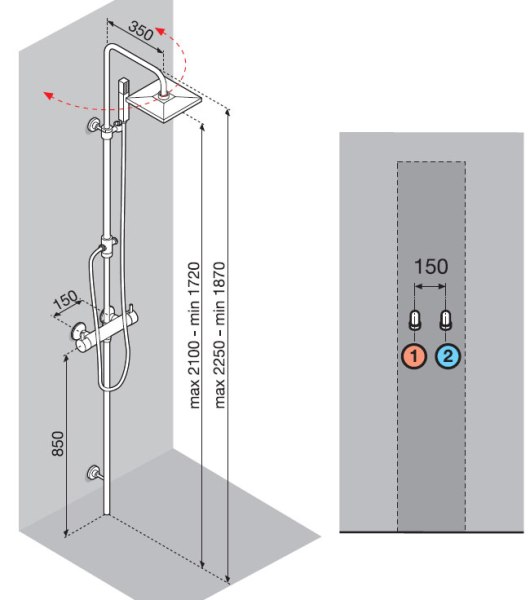
How to light up a painting on a wall?
Content
A properly exposed image can become the focus of your living room or bedroom - a place that will be difficult to pass by indifferently. If you care about the minimalist design of the room, then such a strong decorative element is a great choice, and backlighting will be the ideal method of exposing the image. And how to highlight the picture on the wall? We advise!
How to light up a painting on a wall? Selecting the type of lighting
Illuminated paintings are associated primarily with museums and art galleries, places full of class and elegance. Unsurprisingly, this is a form of exhibition of works that more and more people decide to equip or renovate in their apartment. One such inconspicuous element can greatly emphasize the luxurious character of the interior, and at the same time it will perform not only a decorative function, but also a practical one, i.e. illuminate. The choice of lamp for the picture is extremely important: it must match the overall design of the room, as well as be safe for work.
Constant or many hours of contact with the heat emitted by light bulbs can (after many years, but still) lead to the destruction of the image, or rather to the fading of paint colors. This is one of the reasons why art galleries prohibit photography of works of art - due to the light sensitivity of the products used for painting, flash photography can damage pictures. LED technology, which generates very little heat, is considered an exceptionally safe light source. Neither light bulbs nor illuminated objects overheat, which will be a suitable choice for housing needs for image lighting.
What lamp to illuminate the picture to choose?
Another important issue is the choice of the type of lamp that will illuminate the artwork hanging on the wall. The huge range of their offer greatly complicates the choice, and the specific purpose does not help either: the lamp should not illuminate the entire room, but a specific space, so that attention is riveted to it. So, what types of lamps will be the best?
- Wall lights - hung on both sides of the picture, they will provide uniform illumination of the work of art, and at the same time, thanks to a wide selection of lampshades, they can also serve as a decorative element. Moreover, a wall sconce is a type of lamp that comes in many subspecies that differ in functionality. Thanks to this, you can easily find a model on an adjustable arm or with a rotating lampshade, which will greatly simplify the focusing of the incident light on the desired point in the image.
- Headlights – technical fixtures are distinguished by the fact that they are usually movable, so you can freely control their angle of inclination from the wall or the level of magnification to the image itself, as well as the direction of light incidence.
- Picture lamp (gallery) - a type of lamp designed specifically for illuminating works of art. They are characterized by an elongated shape and compactness (they are extremely narrow), thanks to which they do not distract from the work of art, but only gently illuminate it.
- Spots (spotlights) - that is, small lamps that appear singly or in the form of strips on which several spots are mounted. Spot is a “point” in English, and this is the term that best describes this type of lighting: it is very minimalistic, shedding light in a certain place with one beam. What's more, you can freely control the spotlights by changing the angle of light or moving them in a different direction.
- rails - the rail system consists of a connection in selected directions of single strips, on which reflectors hang. Thanks to this, you can hang one strip with lamps or build a whole light complex, for example, in the shape of a rectangle, around the picture frame or cut one rail into another in a straight line, above the entire row of paintings. What's more, you can attach any number of lights to the rails at the points you choose, and detach, move, or move them as needed.
What else to look for when lighting a picture on the wall?
The choice of lighting equipment and lamps is a huge step towards success, which will be the elegant illumination of your favorite work of art. However, two additional points will be important:
- Color rendering index (CRI) - experts point out that the paintings should be illuminated with light three times brighter than the main lighting of the room. Then it stands out accordingly and the work remains in the spotlight even when the main chandelier is on. Brightness is affected not only by the power of the lamp or light bulb, but also by the color of the light.
However, pay attention not to lumens, but to the value under the abbreviation CRI, i.e. color rendering index, defined as a number from 0 to 100. 100 means that the colors of an image viewed under the same lighting will be identical, as if it were lit by sunlight. For works of art, you should choose light sources that reach as low as 100 because they look best with natural backlight.
- Light angle – should be 30 degrees, then the risk of light reflection is sufficiently minimized and the image receives the most effective illumination. This is a very general guideline and the adjustment of the direction of the lamps will be individual for each piece of art, but it is suggested that for massive wide frames you need to add about 5 degrees to eliminate the formation of shadows.
Efficient image lighting certainly requires careful planning of the entire installation, so also consider which side you want to light it from. Wall lamps are suitable on the sides, on top: roof rails or galleries, and in the corners there are spots.

